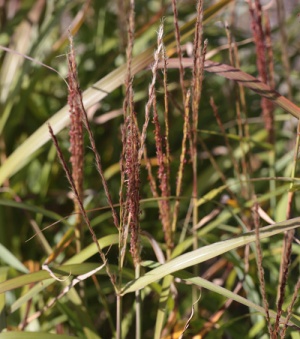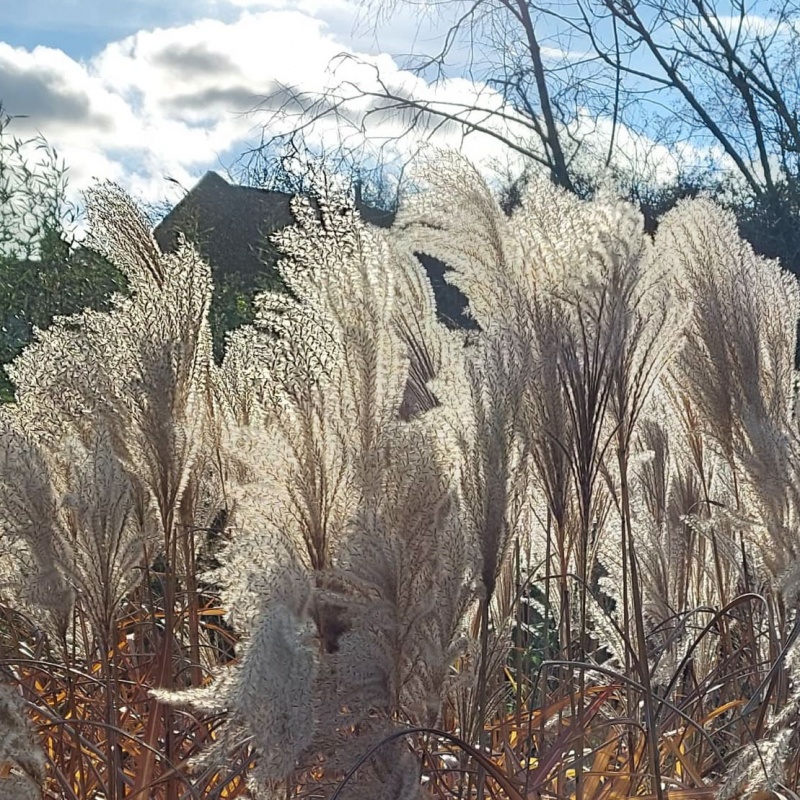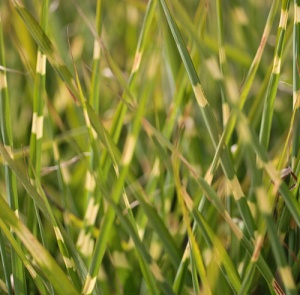MiscanthusSpectacular, clump forming autumn flowering grasses with good winter presence. Many look good from August to March when they need cutting hard back, to near ground level. No staking required especially in exposed gardens. We are currently in the process of collecting Miscanthus, with the hope of applying for National Plant Collection ® status in the future. We already have c. 100 varieties and are working on obtaining more - there are at least 250 named forms now! We are also researching all the varieties, specifically to try and find out the origin of each form. Over the next couple of years we hope to start planting the Miscanthus collection out in a new area of field adjacent to the nursery which will enable all our varieties to be seen together. Miscanthus come in many different shapes and sizes, though the basic form doesn't change much: tight clumps with often woody bases, upright stems clothed with leaves to about 75% of their height, the flowers held above the foliage in late summer and autumn. The height, uprightness and flower details are the main differences between varieties but there are a large number of leaf variations too, both variegated leaves and width of leaf. There are a very small number of forms that are not clump forming. Generally speaking Miscanthus are very long lived, trouble free garden grasses. We recommend allowing Miscanthus at least 2-3 growing seasons in the garden before deciding if they are going to be okay as they do take some time to establish a root system and to start growing to their full potential. On poorer, drier soils consider the forms with more narrow leaves as these tend to be more drought tolerant.
| |||||||||||||||||||||||||||||||||||||||||





